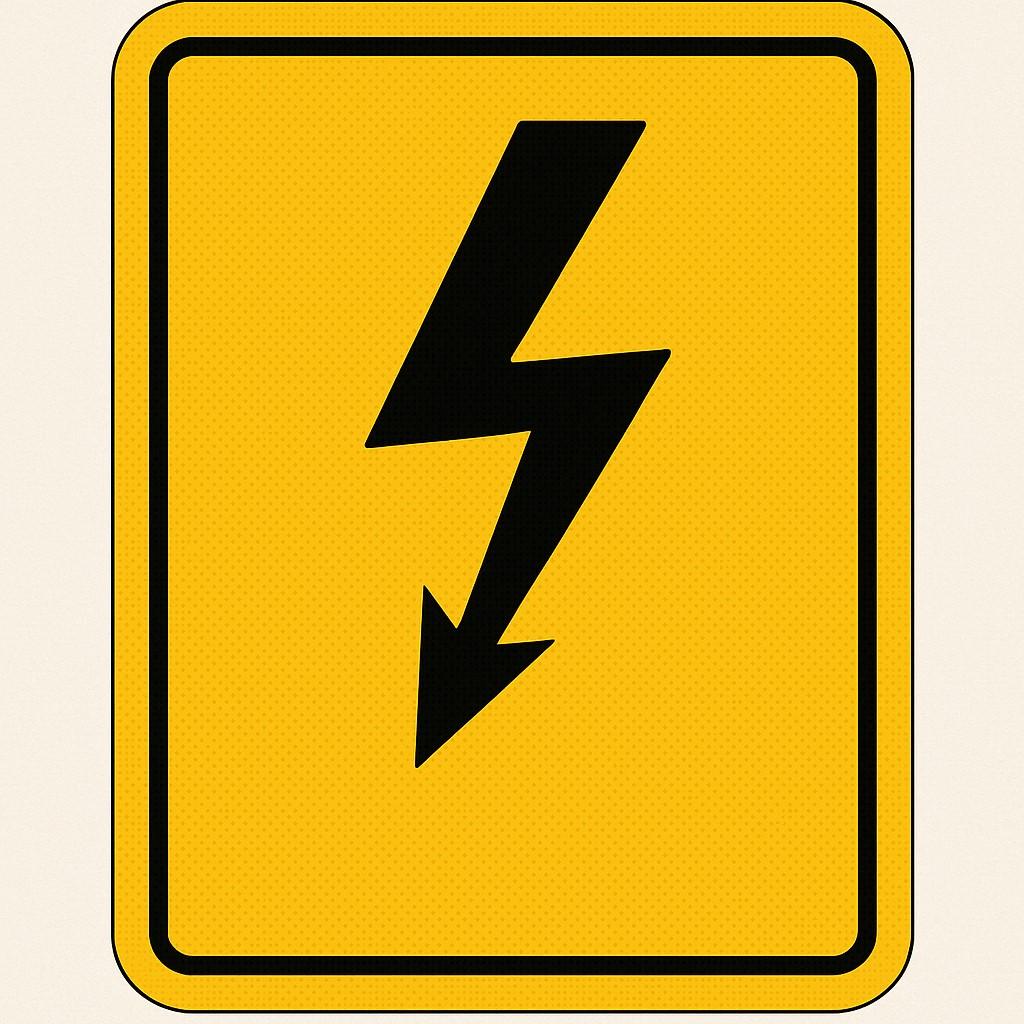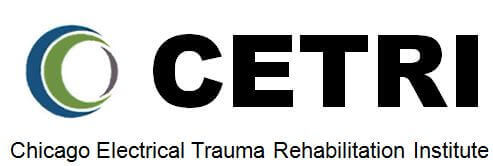Understanding Electrical Burn Research: Global Trends and Key Contributors

Electrical burns remain a critical medical challenge, often resulting in severe complications, prolonged recovery, and high healthcare costs. Recent analyses highlight how research in this area has evolved over the past several decades, revealing major scientific milestones and opportunities for future innovation.
A Growing Field of Study
A recent bibliometric analysis of electrical burn research (1946–2024) examined global publication trends, identifying key institutions, influential authors, and emerging research themes.
Across 1,456 published articles in 455 journals, the study shows a steady rise in scientific interest and collaboration over time. The United States leads in total research output, with Harvard University ranking as the most productive institution.
Research themes and Global collaboration
The field has been dominated by studies on surgical and reconstructive treatments, including techniques such as skin grafting, surgical flaps, and tissue transplantation. Increasingly, researchers emphasize the importance of multidisciplinary collaboration to address both the immediate and long-term challenges of electrical injuries.
Countries like China and Turkey have made notable contributions to the field, though their citation impact remains lower than that of Western institutions. The findings emphasize the importance of international collaboration, sharing knowledge, refining protocols, and improving treatment and prevention strategies worldwide.
Influential Figures: R.C. Lee and Beyond
Among the most influential contributors to electrical trauma research is Dr. R.C. Lee, Chairman of the Chicago Electrical Trauma Rehabilitation Institute (CETRI). Since his first publication in 1987, Dr. Lee’s work has been cited over 648 times, particularly for his groundbreaking studies on the pathophysiology of electrical injury. His research has clarified how electric forces cause cellular and tissue damage, forming the scientific foundation for many modern treatment approaches.
Other major contributors include X.W. Wang, recognized for innovations in reconstructive surgery, and B.A. Pruitt, known for his work on systemic burn complications. Collectively, their research has shaped today’s standards of care for burn and electrical injury patients.
Conclusion
This bibliometric review highlights the evolution and growing global focus on electrical burn research. While significant progress has been made in understanding injury mechanisms and developing surgical interventions, gaps remain in prevention strategies, long-term rehabilitation, and global data sharing.
By strengthening international partnerships and investing in innovative, multidisciplinary treatments, the medical community can continue improving recovery outcomes, and ultimately enhance the quality of life for survivors of electrical trauma.
Cueva-Ramírez JE, Gonzalez-Alcaide G, Ramos-Rincón JM. Scientific Production on Electrical Burns: A Bibliometric Analysis (1946-2023). J Burn Care Res. 2025;46(4):782-793. doi:10.1093/jbcr/iraf008
